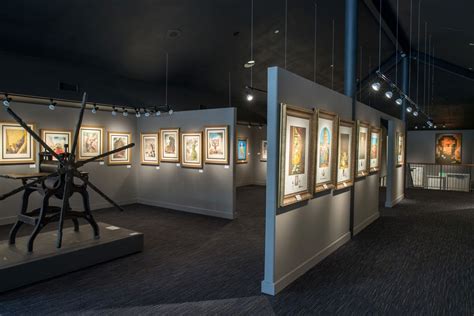In an era where digital transformation is omnipresent, museums are not left behind. The El Prado Museum, with its rich historical canvas, now extends its legacy into the digital realm through a virtual tour. This initiative reflects a broader trend where cultural institutions leverage technology to both preserve and disseminate heritage. Fundamentally, virtual tours are about making culture accessible to all, irrespective of geographical or physical limitations. They democratize access to art and culture, offering a simulated experience that, while not a substitute for the tactile and spatial nuances of actual art consumption, provide a valuable complementary medium.
Much of the public adulation for museum digitization hinges on the inclusivity it fosters. Users from around the world can virtually navigate through corridors decked with artworks, each with stories whispering through the centuries. This global invitation not only boosts cultural literacy but also stimulates a collective engagement that was previously confined to physical visitations. However, the nuances of digital engagement vary, with some users expressing a desire for more than just digital walk-throughs. The potential for accessing the vast, often unseen reserves of museum collections through enhanced digital archives is a compelling evolution that could redefine our interaction with cultural assets.
While virtual tours offer navigational ease and broad access, they evoke mixed feelings about the engagement depth they facilitate. For instance, the virtual tour of El Prado is celebrated for its ability to showcase prominent artworks, yet it also highlights a craving among cultural aficionados for more immersive experiences. This sentiment is echoed in platforms like Matterport, which are mentioned for their superior immersive capabilities. Innovations in immersive technology, such as those being developed in response to user feedback, underscore the dynamic nature of digital cultural engagement, pressing museums to continuously evolve their digital offerings.
The echo of open data advocacy in the realm of digital cultural presentations speaks volumes about the underlying values of transparency and long-term preservation. The discussion about open APIs and the licensing of artworks underlines a critical dialogue about how museums can use digital tools not only for display but also for educational and archival purposes. This is a pivotal aspect of digital cultural dissemination that ensures the longevity and accessibility of art in the digital age. The insistence on open data is more than a demand for operational transparency; it’s a call to safeguard cultural heritage for future generations in the most equitable way possible.
The intertwining of traditional art viewing and digital innovation presents both challenges and opportunities. As museums continue to explore the balances between virtual and physical experiences, they tread a path that could potentially change the art landscape permanently. The emphasis on digital access and immersive experiences doesn’t detract from the value of physical visits but rather enhances the overall cultural consumption landscape. This dual approach could lead to a richer, more inclusive cultural engagement, where the barriers of access are significantly lowered, paving the way for a more universally connected appreciation of art and history.


Leave a Reply